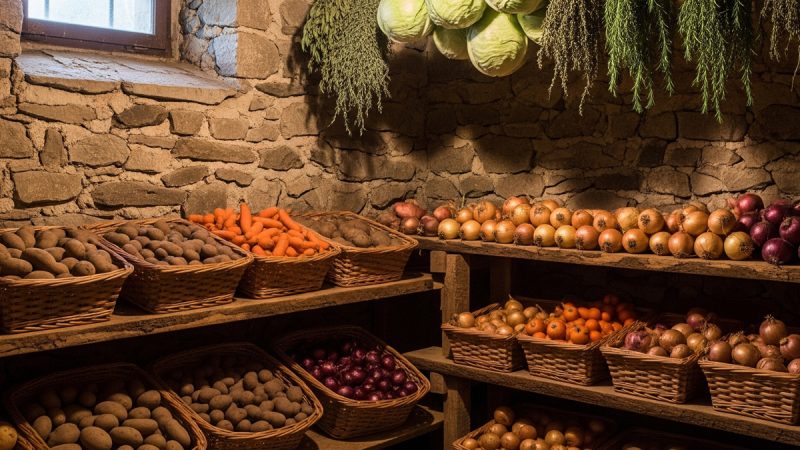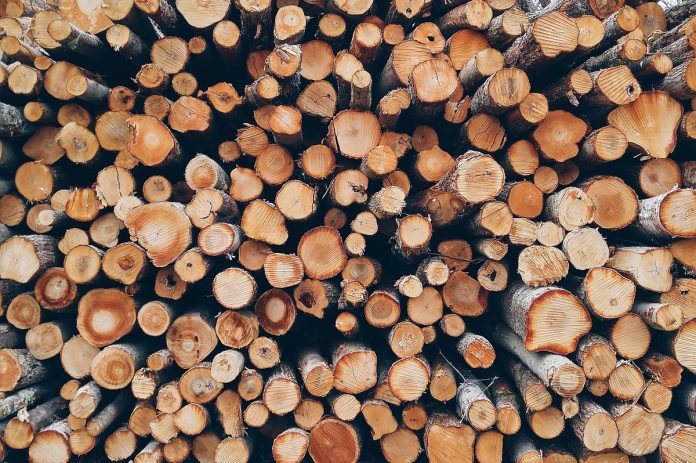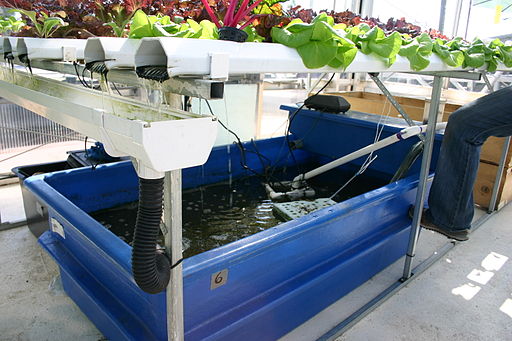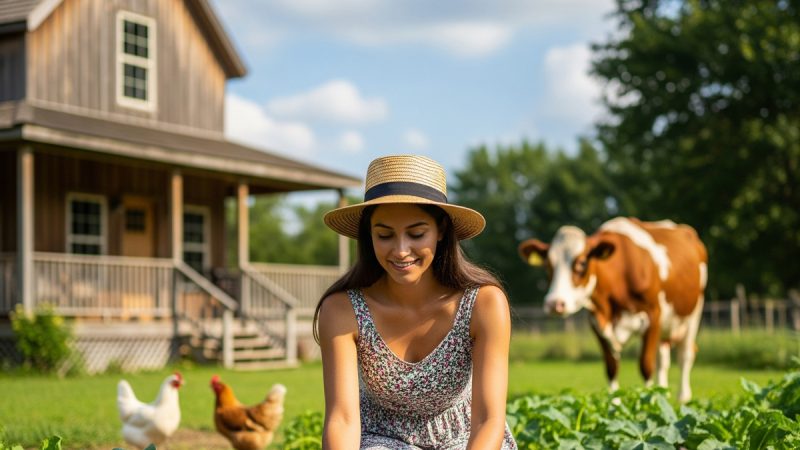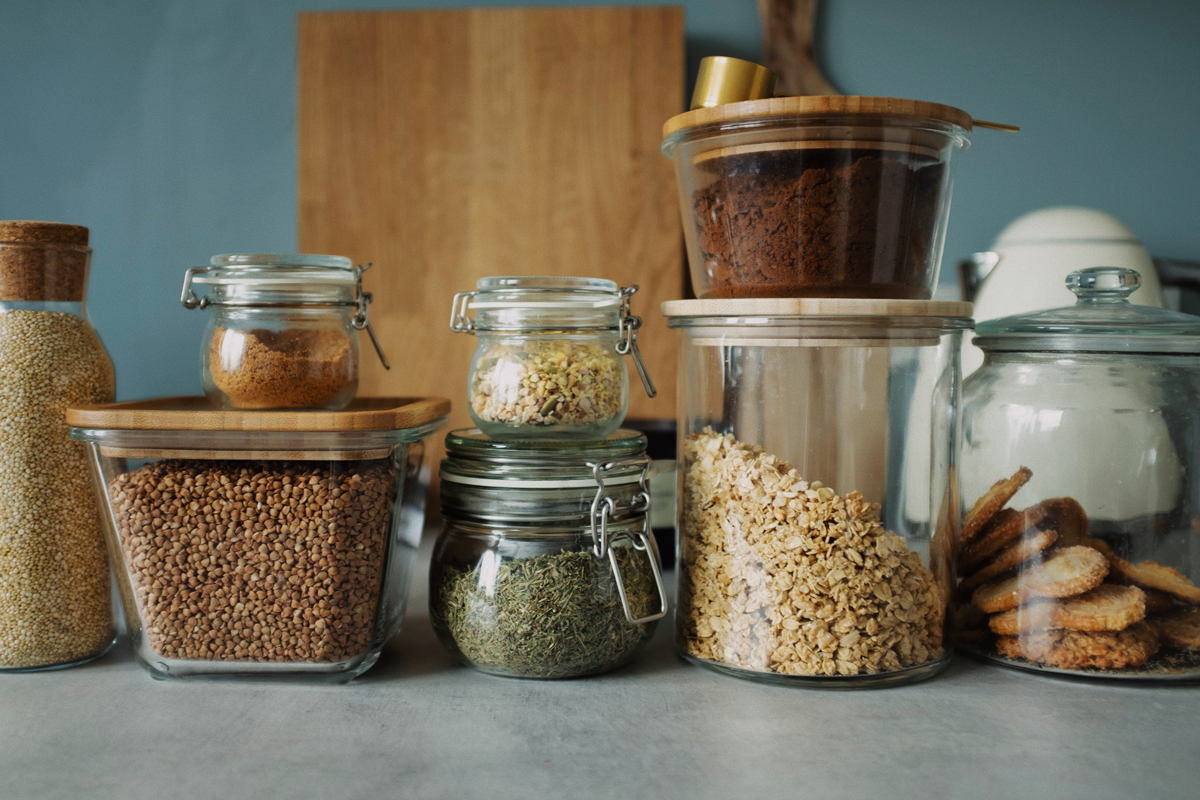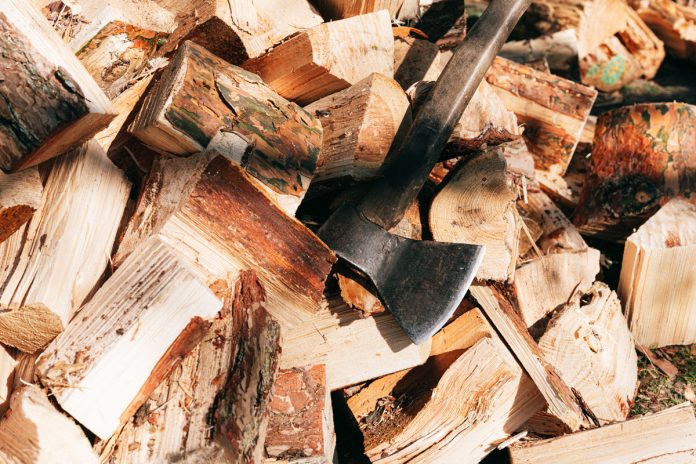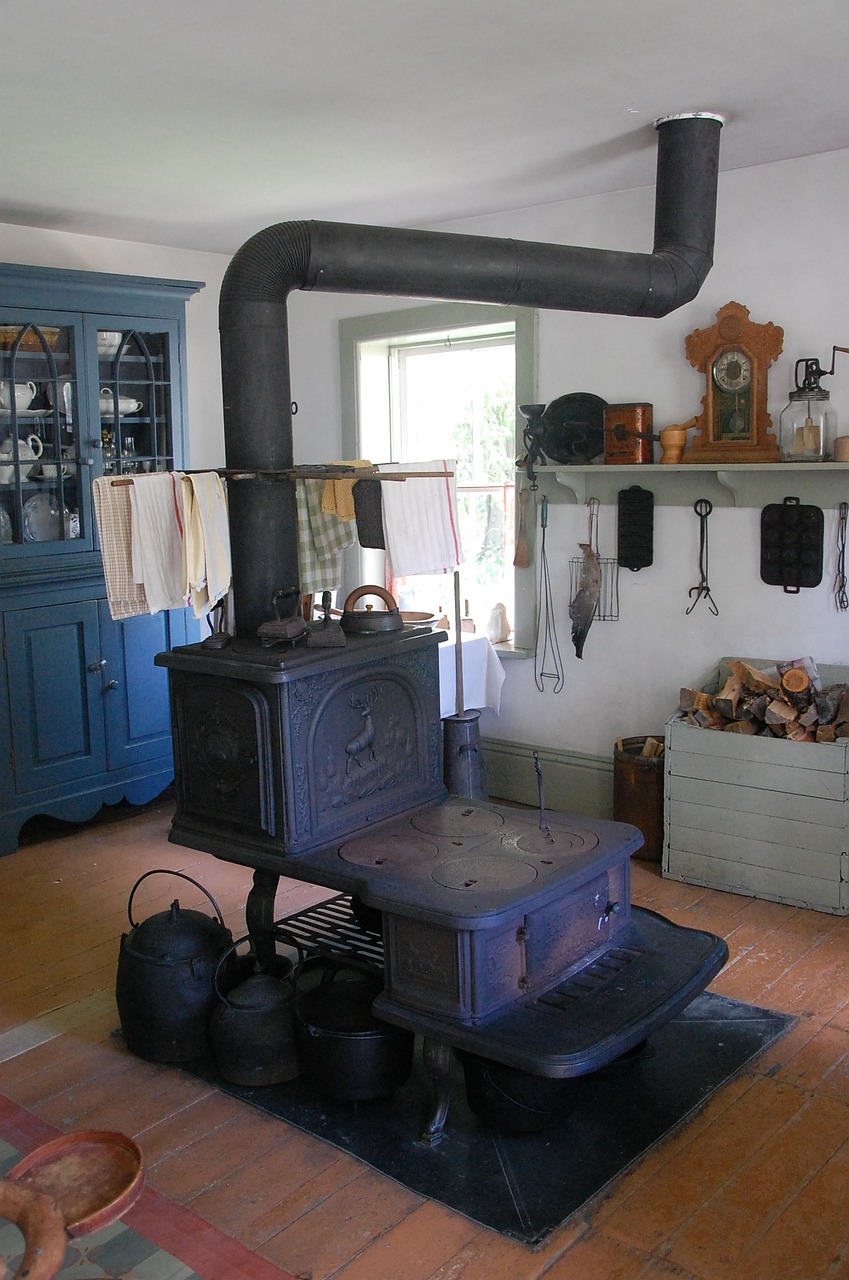50 Effective Ways to Conserve Water at Home
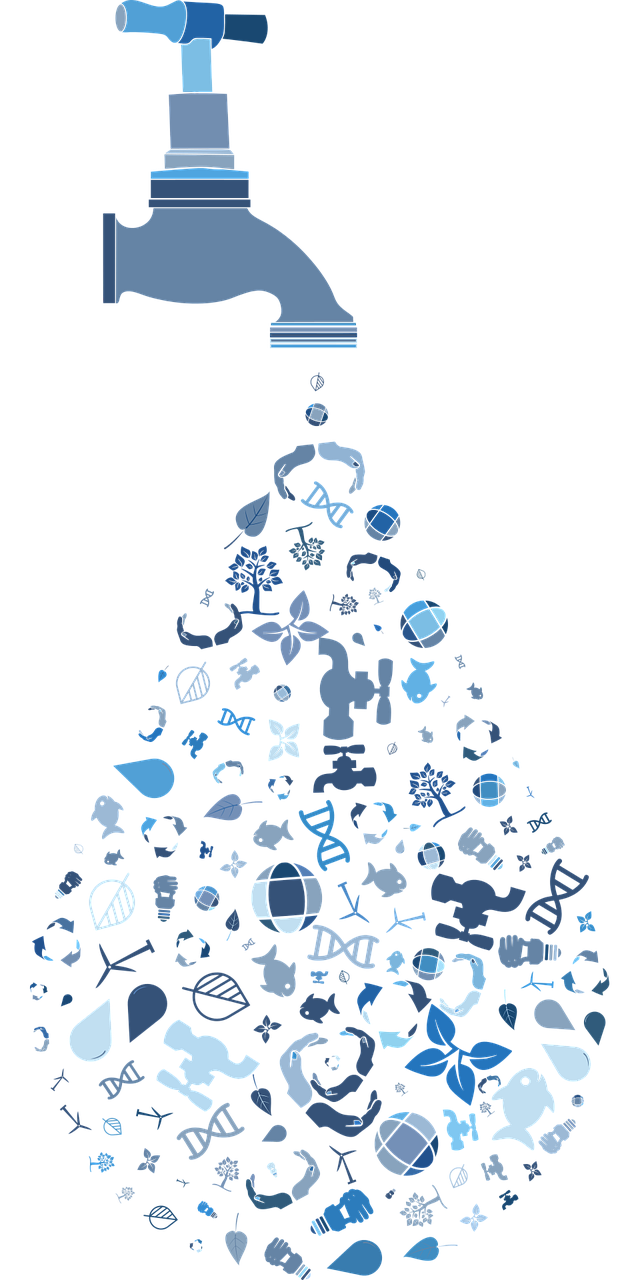
Water is essential for life, and it is a finite resource that we must use wisely. In many parts of the world, water scarcity is a growing concern, and conserving water has become an urgent need. By making conscious choices and adopting simple habits, we can significantly reduce our water consumption at home.
Here are 50 effective ways to conserve water at home:
1. Fix leaky faucets and pipes: Leaking faucets and pipes can waste a huge amount of water over time. A small drip can add up to 20 or more gallons of water in just a single day. Fixing these leaks can save water tremendously and reduce your water bill too. To fix a leaky faucet, turn off the water supply, and replace the washers or O-rings.
2. Use a low-flow shower-head: Low-flow shower-heads can reduce water usage by up to 50%. They use less water while still maintaining a strong water pressure. Using a low-flow shower-head can save water, energy and money on your water and heating bills.
3. Take shorter showers: Shortening your shower time by a few minutes each day can help you reduce your water usage. A 5-minute shower uses about 25 gallons of water, while a 10-minute shower uses approximately 50 gallons. Reducing the time you spend in the shower can significantly reduce water wastage.
4. Turn off the faucet while brushing teeth or shaving: Turning off the faucet while you’re brushing your teeth or shaving can save water. By simply turning off the faucet, you can save 3-5 gallons of water per day. Over a year, this can add up to a considerable amount of water.
5. Install a dual-flush toilet: Dual-flush toilets are designed with two buttons: one for flushing solid waste and one for liquid waste. The solid waste button delivers a higher volume of water than the liquid waste button. By installing a dual-flush toilet, you can save up to 68% of water usage per flush.
6. Don’t use the toilet as a wastebasket: Flushing tissues, sanitary products, and other items down the toilet not only wastes water but also creates blockages in the pipes. Use a bin to dispose of non-flushable waste.
7. Check your toilet for leaks: A leaking toilet can waste hundreds of gallons of water every day. Checking your toilet for leaks can help you save water. Check by adding food coloring or a dye tablet to the toilet tank, and if the color appears in the bowl, you have a leak.
8. Use a broom, not a hose, to clean driveways and sidewalks: Using a hose to clean outdoor surfaces wastes a lot of water. By using a broom instead, you can save water and energy.
9. Collect rainwater for watering plants: Collecting rainwater in a barrel can provide a free source of water for watering your plants. This not only saves water but also helps to reduce your water bill.
10. Water plants in the early morning or late evening to reduce evaporation: Watering plants during hot and sunny times of the day can lead to water evaporation, and the plants don’t absorb much water. Watering plants in the early morning or late evening can help to minimize evaporation and ensure your plants get the water they need to thrive.
11. Don’t overwater your lawn: Overwatering your lawn not only wastes water but also promotes the growth of weeds and diseases that affect the health of your grass. Water your lawn only when it needs it and avoid watering during the middle of the day when the heat can cause the water to evaporate before it reaches the roots.
12. Choose drought-resistant plants for landscaping: Drought-resistant plants are species that can survive with minimal water and maintenance, making them ideal for landscaping in dry climates. These plants come in a variety of sizes, shapes, and colors, and are also beneficial for conserving water and reducing maintenance costs.
13. Mulch your plants to retain moisture: Mulching helps to retain moisture in the soil by preventing evaporation and reducing soil temperature. Mulch also improves soil quality and reduces the growth of weeds, making your garden look neat and well-maintained.
14. Sweep, not spray, your car when washing it: Spraying your car with water can waste a significant amount of water, as most of it runs down the drain. Instead, use a broom or brush to sweep off dirt and dust before rinsing with a hose.
15. Use a bucket instead of a hose to wash your car: Using a bucket instead of a hose can save up to 100 gallons of water while washing your car. The water in the bucket can be reused for watering plants or other purposes.
16. Fix sprinkler heads to avoid overspray: A malfunctioning sprinkler system can cause overspray and water waste. Inspect your sprinklers regularly and fix any leaks or broken heads promptly to save water and money.
17. Use a pool cover to reduce evaporation: An uncovered pool can lose a significant amount of water due to evaporation. A pool cover can reduce evaporation by up to 90%, saving water and reducing chemical use.
18. Use a dishwasher instead of hand-washing dishes: Hand-washing dishes can use up to 27 gallons of water, whereas using a dishwasher can use as little as 3 gallons. Using a dishwasher also saves time and energy compared to hand-washing.
19. Don’t fill your pool to the top: Filling your pool to the top can result in overflowing and water waste. Leave a few inches of space at the top to avoid unnecessary water loss.
20. Only run the dishwasher when it’s full: Running the dishwasher with only a few dishes wastes water and energy. Wait until the dishwasher is full before running it to save water and reduce energy costs.
21. Scrape, not rinse, dishes before loading them into the dishwasher: Rinsing dishes before loading them into the dishwasher can use up to 20 gallons of water. Instead, scrape off any food scraps and put the dishes straight into the dishwasher. A good dishwasher will clean them effectively without wasted water.
22. Use a basin for washing fruits and vegetables instead of running water: Using a basin to wash fruits and vegetables helps to conserve water by allowing you to reuse the water to wash multiple items. You can fill the basin with water and a small amount of vegetable wash or vinegar to clean your produce. This is not only better for the environment, but it can also save you money on your water bills.
23. Collect greywater from the sink or shower for flushing the toilet: Greywater is water that has been used for washing or bathing, but is not contaminated with fecal matter. Collecting greywater from the sink or shower can help to conserve water by using it for toilet flushing instead of using fresh water. There are systems you can install in your home that can divert greywater from your shower or sink to a holding tank that can be used for toilet flushing.
24. Install a water-efficient washing machine: Installing a water-efficient washing machine can save a significant amount of water and energy compared to older models. Energy Star certified washing machines use 25% less energy and 33% less water than standard models. This means that not only are you conserving water, but you are also helping to reduce greenhouse gas emissions.
25. Only run the washing machine when it’s full: Only running the washing machine when it’s full helps to conserve water and energy. If you only have a few items to wash, consider handwashing them instead of using your washing machine. This will also save you money on your energy bills.
26. Wash clothes in cold water: Washing clothes in cold water is a great way to conserve energy and water. Most of the energy used by a washing machine goes towards heating the water, so by using cold water, you can reduce your energy consumption. Additionally, cold water is gentler on fabrics, which can help to extend the life of your clothes.
27. Use shorter wash cycles: Using shorter wash cycles can help to conserve water and energy. A shorter wash cycle means less time for the washing machine to use water and electricity. Most washing machines have a quick wash option that can be used for lightly soiled clothing.
28. Use a pool skimmer to remove debris instead of draining and refilling the pool: Using a pool skimmer to remove debris from your pool can help to conserve water by reducing the need to drain and refill your pool. Instead of using a pool vacuum or draining the water, use a skimmer to remove leaves, dirt and other debris from the surface of the water. This will help to keep your pool clean and clear, without wasting water.
29. Use a compost bin instead of garbage disposal: Using a compost bin instead of a garbage disposal can help to reduce the amount of waste that goes to landfills, while also producing nutrient-rich soil for your garden. Composting is a natural process that breaks down organic waste, such as food scraps and yard trimmings, into a rich soil amendment that can be used to improve soil quality.
30. Don’t use running water to thaw food: Don’t use running water to thaw food. Instead, plan ahead and thaw food in the refrigerator or defrost it in the microwave. Thawing food in running water can waste a significant amount of water and can also increase the risk of bacterial growth in the food.
31. Defrost frozen food in the refrigerator: Defrosting frozen food in the refrigerator is a great way to save water while avoiding food waste. Simply remove the frozen food from the freezer and place it in the refrigerator to thaw overnight. By thawing your food in the refrigerator, you are not only conserving water, but you are also preventing food from going bad due to improper thawing methods.
32. Use a water-efficient shower timer to limit shower time: Using a water-efficient shower timer is an excellent way to limit shower time and save water. These timers often come in the form of digital devices that allow you to set a specific length of time for your shower. The timer will beep when your time is up, reminding you to turn the water off and conserve water.
33. Use a bucket in the shower to collect water for watering plants: If you’re looking for a way to save water and water your plants at the same time, consider placing a bucket in the shower to collect water. While you’re taking a shower, simply collect the excess water in the bucket and use it to water your plants. This not only contributes to water conservation, but it also provides a natural and eco-friendly way to nourish your plants.
34. Fix any leaks in outdoor hoses and sprinklers: Fixing any leaks in outdoor hoses and sprinklers is important to prevent wasting water. Before turning on the hose or sprinkler, check for any leaks or cracking in the hose. If there are any leaks or cracks, repair them using a garden hose repair kit. By doing so, you can reduce the amount of water wasted and ensure that your plants and lawn get the necessary amount of water they need.
35. Don’t let the faucet run while washing dishes: Another way to conserve water when washing dishes is to not let the faucet run continuously. Instead, fill the sink with hot water and soap and then use that to wash your dishes. This will reduce the amount of water wasted and help you save on your water bill.
36. Use a low-flow aerator in your sink: A low-flow aerator in your sink is a great way to conserve water. The aerator works by mixing air with water to create a lower flow of water coming out of the tap. This helps to reduce the amount of water wasted, while still providing enough pressure to wash dishes or your hands.
37. Don’t leave the tap running while washing your hands: Instead, turn it off while you lather your hands with soap and then turn it back on to rinse. This simple step can save a lot of water and it’s an easy habit to adopt.
38. Install a rain barrel to collect rainwater: Installing a rain barrel is a great way to collect rainwater and use it for watering your plants or garden. You can buy a rain barrel or make one yourself. Position it under your gutters to collect runoff water during rainstorms and use the water when you need it.
39. Use a hose nozzle with an automatic shut-off: Using a hose nozzle with an automatic shut-off is an excellent way to save water. The nozzle can be adjusted to regulate the amount of water coming out of the hose, and the automatic shut-off will prevent water from flowing when the nozzle is not in use.
40. Only wash full loads of laundry: Finally, only washing full loads of laundry is an effective way to conserve water and energy. When you only wash smaller loads, you’re using the same amount of water as if you were washing a full load, which can add up over time. By waiting to wash full loads, you’ll save water and money on your utility bill.
41. Repair any leaks in your pool: Leaks in the pool could considerably increase the amount of water wasted. Checking for leaks and repairing them as soon as possible can prevent water wastage and also help to save money on future repairs.
42. Use a broom instead of a hose to clean outdoor surfaces: Often, we rely on a hose for outdoor cleaning purposes. However, using a broom can help save water and also provides a satisfactory cleaning experience.
43. Use a composting toilet: Composting toilets are a great alternative to conventional toilets as they use little or no water and produce natural fertilizers. This helps reduce water usage and also increases the fertility of the soil.
44. Install a water-efficient hot water re-circulation system: Hot water re-circulation systems can help minimize the amount of water wasted while waiting for hot water to reach the faucet or shower-head. By installing a water-efficient hot water re-circulation system, you can save a considerable amount of water with every use.
45. Use a pool vacuum instead of draining and refilling the pool: Draining and refilling a pool can waste a significant amount of water. In contrast, using a pool vacuum helps to remove dirt and debris from the water without wasting the water in the pool.
46. Only water your lawn when it needs it: Over-watering plants and lawns could lead to water wastage. Watering plants only when they need it, preferably during the early morning and late evenings, ensures that the water is absorbed and the plants are nourished.
47. Use a high-pressure aerator for outdoor faucets: High-pressure aerators can help increase the water pressure without the need for extra water. This is especially useful when washing cars or outdoor surfaces.
48. Use a cover for your hot tub to reduce evaporation: Hot tubs can lose a lot of water through evaporation. To prevent this, keeping a cover on the hot tub when not in use can help save water and reduce energy consumption.
49. Use a high-efficiency dishwasher: High-efficiency dishwashers consume less water and electricity as compared to conventional dishwashers. Choosing a high-efficiency dishwasher can help save water and lower your utility bills.
50. Consider installing a grey water recycling system: Grey water recycling systems help recycle water from sinks, showers, and washing machines. This water can then be used for irrigation purposes. Installing a grey water recycling system can help reduce water usage in the home and increase water conservation efforts.
Conserving water is not only necessary for the environment but also for our wallets. By adopting these habits, we can reduce our water bill and create a more sustainable home. Let’s do our part to ensure that clean water remains available for future generations.
The Author:
Pioneerthinking.com – Ingredients for a Simple Life.
Photo. Gordon Johnson

